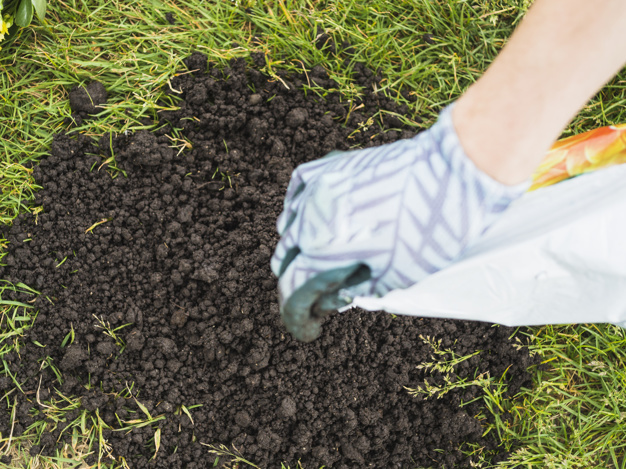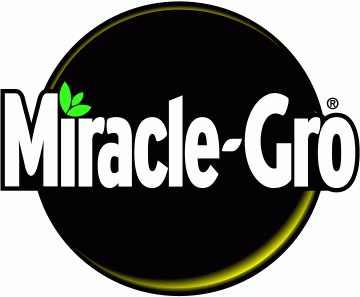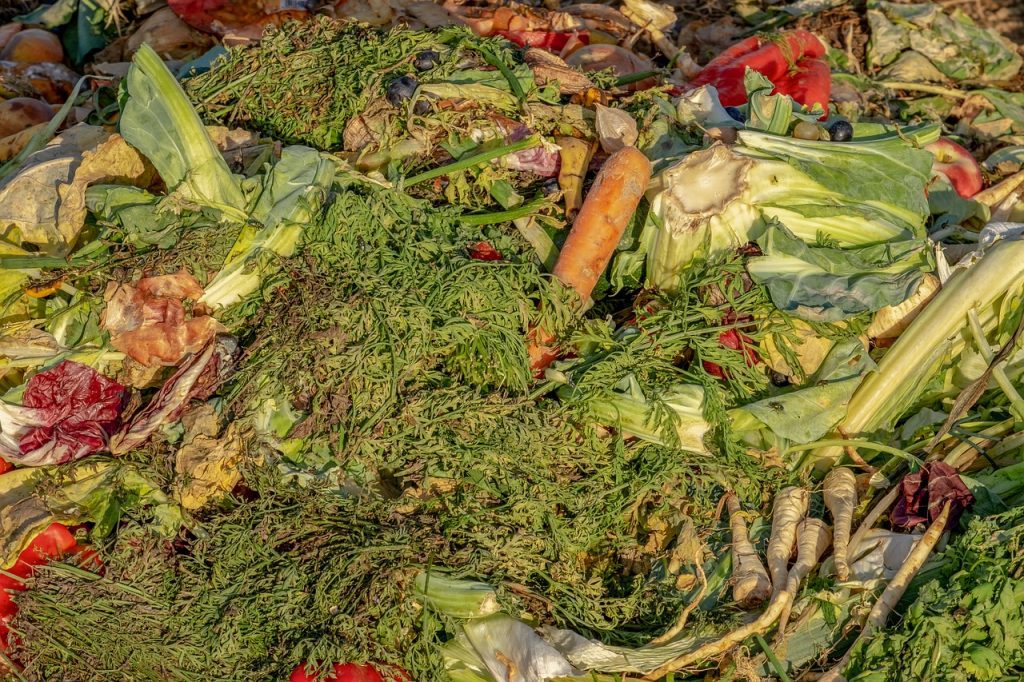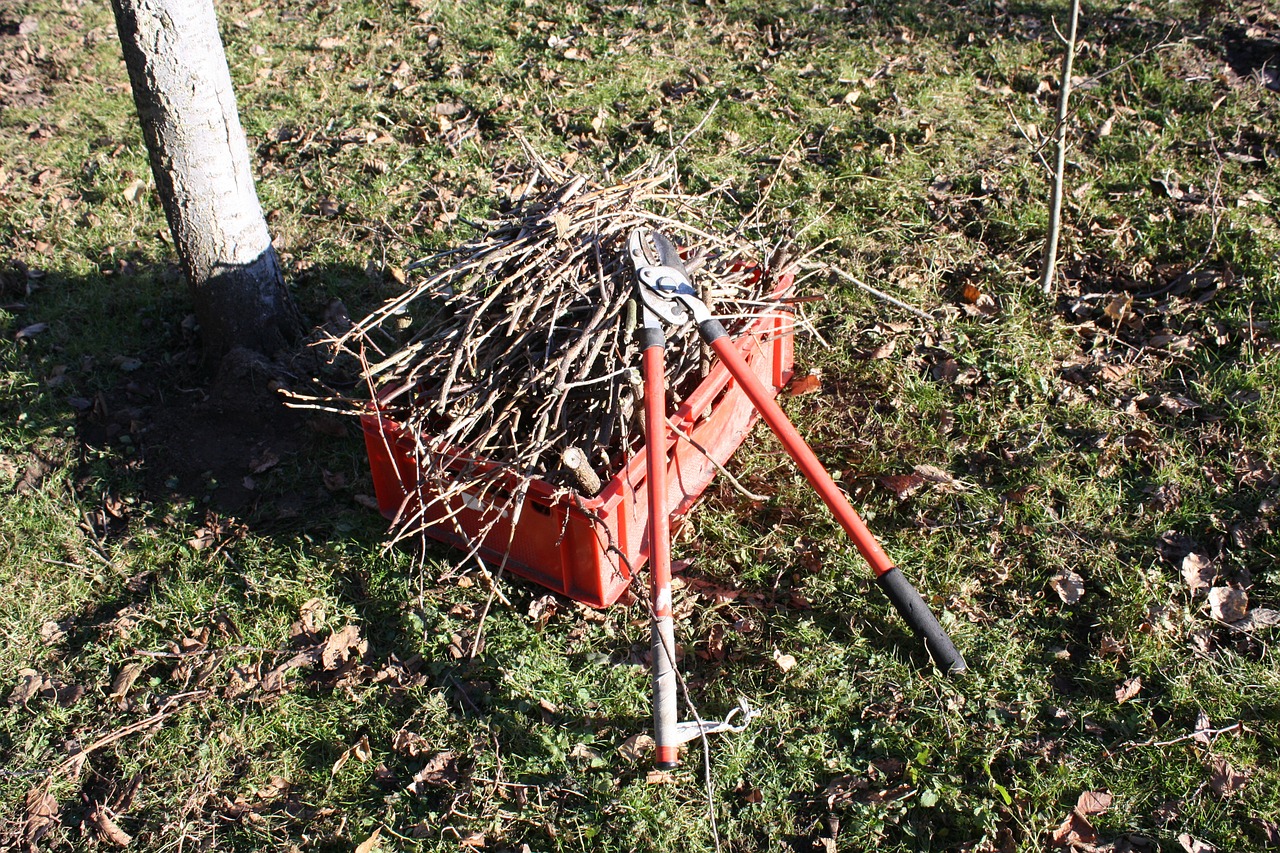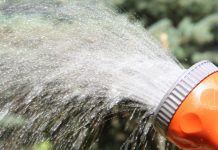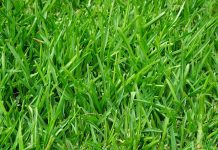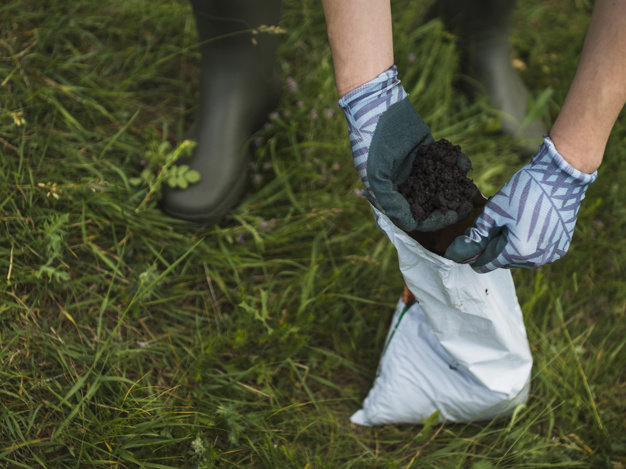
Making sure that you’re correctly fertilizing your vertical garden is extremely important if you want it to thrive. Miracle-Gro fertilizer (sometimes misspelled Miracle Grow fertilize) has been many gardeners’ go-to fertilizer for decades. Sure, your garden can grow without fertilizer, but it won’t be nearly as beautiful and bountiful.
As humans, if we don’t get the right mix of Vitamin A, B, C, D, and so on, then we start to feel weak, get sick easier, and look rundown. The same is true for plants. If your garden isn’t getting the nutrients it craves, the leaves turn yellow, your fruit and vegetables might be underdeveloped and bland, and your plants will be small and more susceptible to disease.
Why You Should Fertilize Your Garden
Store-bought fertilizers contain elements like nitrogen, phosphorus, and potassium. These nutrients are all essential for a happy, healthy plant. Nitrogen is critical to the formation of chlorophyll and plays a significant role in photosynthesis. Phosphorus is also critical for photosynthesis because it is the nutrient that allows plants to convert light energy into sugars and starches. Potassium contributes to fighting disease and keeping plants healthy.
Gardens often don’t have enough naturally-decaying plant and animal matter to maintain the necessary nutrient levels. That is especially true for container gardens, where the soil is – in a sense – isolated from the outside environment.
The Downsides of Chemical Fertilizers
An important aspect of fertilizing all gardeners should keep in mind is: while a little is good, a lot is not better. Proper fertilizing is all about giving your plants the correct amount and type of nutrients. Adding too much fertilizer or upsetting the balance of these nutrients can be detrimental to your plants’ health.
However, some gardening experts warn against using chemical fertilizers in your lawn or outdoor garden bed because it can be damaging to micro-organisms, fungi, and animals that live in the soil. It is not an issue for your vertical container garden, but if you are fertilizing an in-ground trellis, you might want to consider one of the natural fertilizer alternatives discussed below.
Miracle-Gro Fertilizer: The Best-Selling Fertilizer on the Market
Scotts Miracle-Gro Fertilizer – often colloquially referred to as “Miracle Grow” – is the largest home gardening fertilizer product on the market. Miracle-Gro Fertilizer has an extensive range of fertilizer and plant care products, including but not limited to:
- Plant Food Spikes
- Rose & Bloom Plant Food
- Nature’s Care Organic & Natural Plant Food
- Liquid Indoor Plant Food
- Leaf Shine
For this review, we’re going to be focusing on Miracle-Gro’s best-seller: Water-Soluble All-Purpose Plant Food.
Miracle-Gro Fertilizer Ingredients
Miracle-Gro Fertilizer’s All-Purpose Plant Food is a 24-8-16 fertilizer. You may have seen this number pattern before when shopping for fertilizer. It refers to the percentages of nitrogen, phosphorus, and potassium within the fertilizer. So according to these numbers, Miracle-Gro Fertilizer contains 24 percent nitrogen, 8 percent phosphorous, and 16 percent potassium.
|
24% Nitrogen |
8% Phosphorous |
16% Potassium |
|---|
Fertilizer companies use this labeling system because, as we discussed above, these are the three most important nutrients in your plants’ soil. But 11 other micronutrients support your plants’ metabolisms and keep them healthy. Miracle-Gro Fertilizer includes zinc, boron, copper, manganese, iron, and molybdenum.
Miracle-Gro Fertilizer also contains ethylenediaminetetraacetic acid (say that five times fast!) which assists your plants with nutrient uptake and transportation. While Miracle-Gro Fertilizer doesn’t include every micronutrient essential to your plants’ health, it offers a good starting range that should prevent most nutrient deficiencies.
How to Use Miracle-Gro
Apply Miracle-Gro Fertilizer by mixing the fertilizer in a watering can or using one of Miracle-Gro’s Garden Feeders. For hanging vertical gardens, you may need to invest in a special watering can to apply fertilizer to out-of-reach plants.
No products found.
Miracle-Gro recommends applying their fertilizer to outdoor plants every 7 to 14 days. Indoor plants should be fertilized every 14 days with 1/2 teaspoon of fertilizer per gallon of water. Plants that are dormant or slow-growing may need less frequent fertilizing.
Price Range and Shelf Life
Since Miracle-Gro Fertilizer has an indefinite shelf life, buying in bulk is a great way to save money and stock up for several growing seasons. Store in a cool, dry place to ensure no clumps form in your fertilizer during the off-season.
No products found.
Other Popular Fertilizer Brands
Since Miracle-Gro Fertilizer is the most popular plant fertilizer on the market, we’re comparing it against three of Amazon.com’s other best-selling fertilizers. These brands include Osmocote Plus, Humboldts Secret, and Jack’s Classic. These products are all available online or in a variety of hardware and garden centers across the country.
Osmocote Plus
No products found.
Osmocote Plus’ best-selling fertilizer is their Smart-Release Plant Food. It is a 15-9-12 fertilizer (15 percent nitrogen, 9 percent phosphorus, and 12 percent potassium) so it does have a lower concentration of these three nutrients than Miracle-Gro Fertilizer. However, Osmocote Plus contains eight micronutrients including magnesium, sulfur, boron, copper, iron, manganese, molybdenum, and zinc. That is two more than Miracle-Gro Fertilizer includes, with magnesium and sulfur being the additional micronutrients in Osmocote Plus.
Osmocote Plus uses water-permeable granules that slowly release nutrients into the soil. These granules can last for up to six months, meaning you won’t need to worry about adding fertilizer to your plants every week. For best results, thoroughly mix Oscomote Plus granules into your plants’ potting soil.
Osmocote Plus Smart-Release Plant Food is a bit pricier than Miracle-Gro Fertilizer. But with Osmocote Plus only needing to be applied once or twice per growing season, you can expect one pound to last for several years of vertical gardening.
Humboldts Secret
No products found.
Humboldts Secret Golden Tree is a 0-0-2.25 fertilizer. Yes, you read that right: 0 percent nitrogen, 0 percent phosphorus, and 2.25 percent potassium. While Humboldts Secret claims to include other important plant nutrients in its formula, the exact chemical makeup is not made available to consumers.
That is an example of why understanding the nutrient breakdown of your chosen fertilizer is so important. While Humboldts Secret Golden Tree certainly won’t harm your plants, and while it is technically a plant fertilizer, its nutrient composition is very different from its competitors. Humboldts Secret Golden Tree is purely a potassium supplement.
Humboldts Secret should be used 1 to 3 times per week on healthy plants, and a hefty dose can be given to sick plants to kickstart them back into good health. If you choose this, you should use Humboldts Secret Golden Tree in conjunction with a more well-rounded fertilizer routine.
Jack’s Classic
No products found.
Jack’s Classic All Purpose Plant Food is another water-soluble fertilizer advertised for all indoor and outdoor plants. It is a 20-20-20 fertilizer, containing 20 percent of nitrogen, phosphorus, and potassium. These concentrations are higher than every other fertilizer featured in our review, except for Miracle-Gro Fertilizer’s 24 percent nitrogen. This fertilizer contains seven different micronutrients including magnesium, boron, copper, iron, manganese, molybdenum, and zinc. While Jack’s Classic includes magnesium, which is not present in Miracle-Gro Fertilizer, it is still missing the sulfur contained in Osmocote Plus.
Like Miracle-Gro Fertilizer, Jack’s Classic is a water-soluble powder that dilutes in a watering can or through a special garden hose attachment. Jack’s Classic should be applied to outdoor plants about once per week, while indoor plants might prefer less frequent feedings.
Natural Fertilizer Alternatives
In nature, there are no chemical plant fertilizers. Instead, micronutrients are added to the soil through animal and plant decomposition. Many gardeners are transitioning to a more natural fertilizing approach by using organic materials to simulate how soil would typically get its nutrients. You can find most of these “specialty” fertilizers at your local hardware and gardening store or online.
Blood and bone meal
Blood and bone meal are natural soil additives derived from dried animal blood and ground animal bones, respectively. These can be great natural alternatives to chemical fertilizers. Blood meal adds nitrogen to the soil. Bone meal adds calcium and phosphorous to the soil, as well as trace amounts of magnesium, iron, and zinc.
No products found.
One downside of blood and bone meal is that they both take time to break down and seep nutrients into the soil. They will not provide micronutrients to your plants as quickly as a chemical fertilizer can.
Fish emulsion
Fish emulsion comes from natural byproducts of the fishing industry. Its most common form is a concentrated liquid that is diluted in a watering can. Old-school gardeners may have avoided fish emulsion in the past because it can be extremely pungent, but some scented varieties are now available.
No products found.
Fish emulsion is normally a 5-1-1 or 5-2-2 fertilizer. It also provides the soil with calcium, magnesium, sulfur, chlorine, and sodium.
Composted manure
Composted manure is solid livestock waste that has decomposed to kill off pathogens and unwanted plant seeds. Each species of livestock’s manure will have a slightly different nutrient breakdown, with poultry being the highest – this page features a list of N-P-K numbers for popular animals.
No products found.
You can purchase composted manure from a garden center or source it from a local farm. But avoid putting fresh, non-composted manure on your garden.
Composted produce
Composted food scraps are a classic garden fertilizer source. With many gardeners living in urban or suburban neighborhoods, though, composting is not very practical.
For those unable to produce their own, there are many varieties of store-bought compost available on the market. These bagged varieties are typically a mix of plant material and animal waste, and their nutrient percentages will depend on their contents. There are even some products on the market that allow you to turn food scraps into compost in 24 hours without ever leaving your kitchen.
Pros and Cons of Miracle-Gro Fertilizer
Now that we’ve gone through some of the popular alternatives for chemical and natural fertilizers, it’s time to see how Miracle-Gro Fertilizer holds up to the competition. Here are our lists of the biggest pros and cons of using Miracle-Gro Fertilizer in your vertical garden:
Pros
- The all-purpose formula works on almost every type of plant
- Affordable and long-lasting
- Easy to use both indoors and outdoors
- Available at almost all hardware, garden, and general stores
- Provides a balance of nitrogen, phosphorus, and potassium, plus six micronutrients
Cons
- Not recommended for in-ground gardens
- Frequent feeding required
- Chemicals can burn the foliage of more delicate plants
- Not a good choice for fruit or vegetables if growing organically
- Nutrients are not as balanced as some competitors
- Does not provide 5 out of the 11 important micronutrients
The Verdict
If you’re looking for a well-balanced, chemical fertilizer for your container garden that works on a wide variety of plants, we give Miracle-Gro Fertilizer our stamp of approval! Miracle-Gro Fertilizer’s affordable price, wide availability, and moderately balanced nutrient profile make it the best choice for the average gardener.
While there are some situations where you should not use Miracle-Gro Fertilizer, combining a Miracle-Gro with a regimen of other chemical and natural fertilizers is a great way to provide your plants everything they need to be healthy, happy, and beautiful!
Last update on 2022-01-27 at 20:02 / Affiliate links / Images from Amazon Product Advertising API

